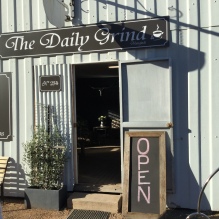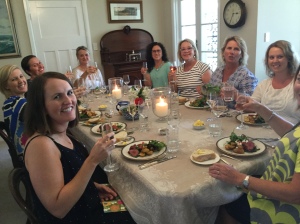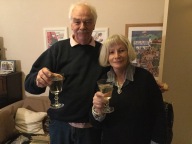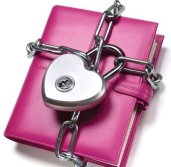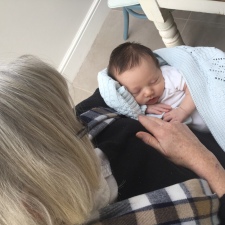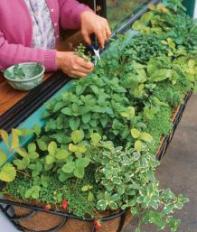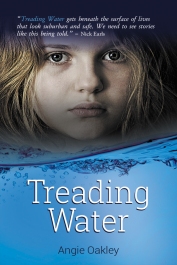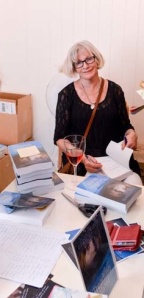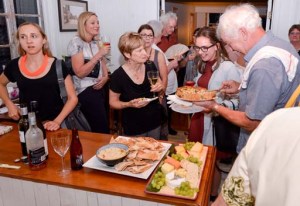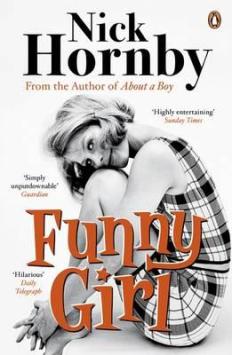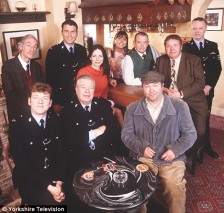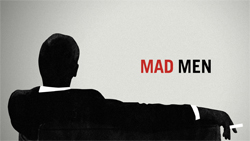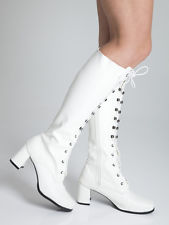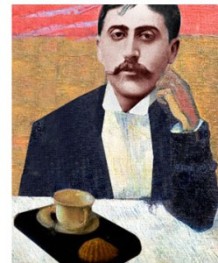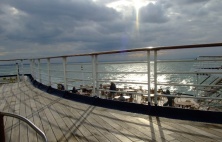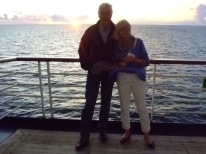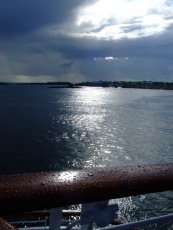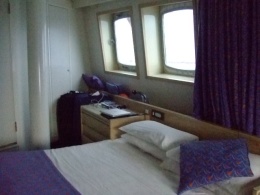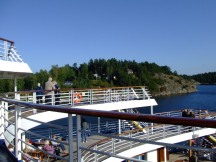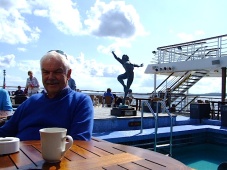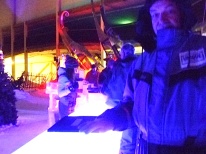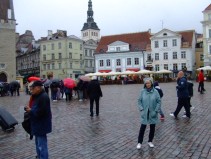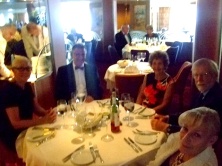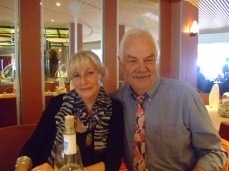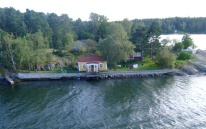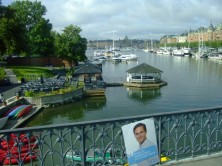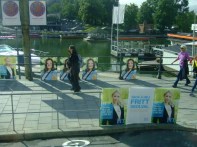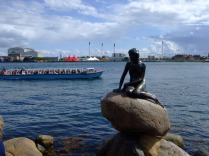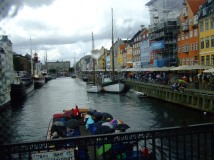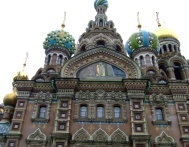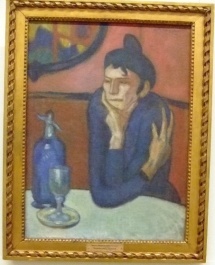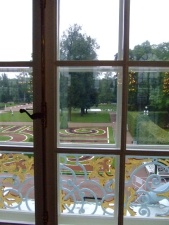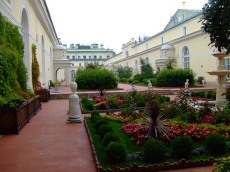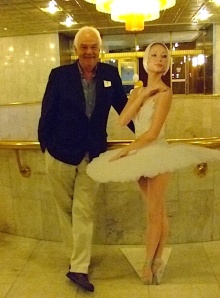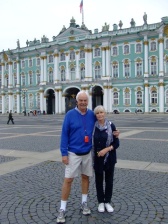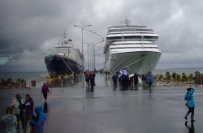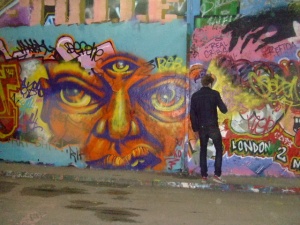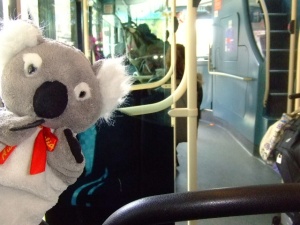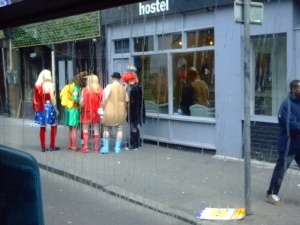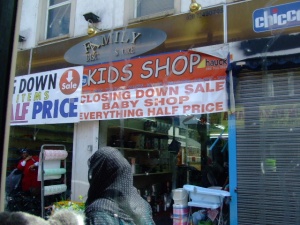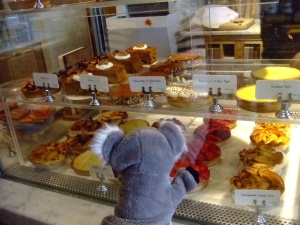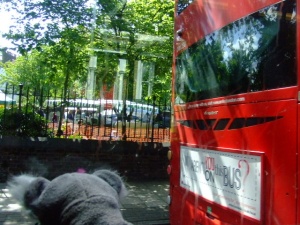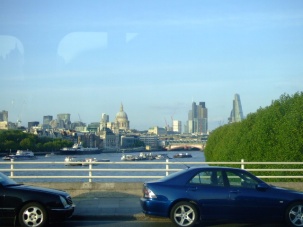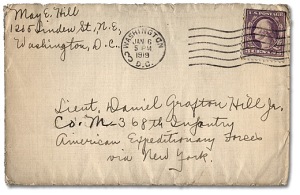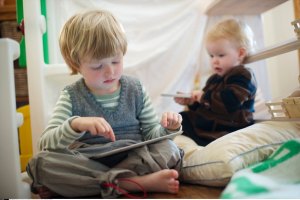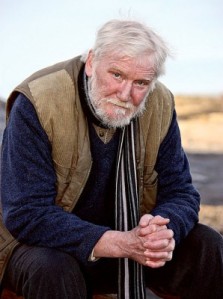In April I was able briefly to swell the population of Mungindi (NSW and QLD) from 1,110 to 1,111. It happened when the gals from the local book group wanted to discuss my book (Treading Water – shameless plug), and invited me to join their next meeting. ‘What’s that?’ I exclaimed to my friends George and Jane, who issued the invite. ‘They want to read my book, and they only live 500 kilometres away? I’m there!’
Fresh from hob-nobbing with the Clapham trendies in London, I knew it would be different, and it is. It’s hotter and drier and less crowded than London, but Mungindi can give Clapham a run for its uber-trendy money. And where better to start than in that that barometer of cool – the coffee shop? Does that pass muster? (note rural metaphor) Let’s see, does it have:
- A clever pun for a name? Yup
- Authentic industrial chic? Definitely
- Great coffee? absolutely
- Welcoming/familiar /home from home/ stay as long as you like? (You know, like in the Friends’ coffee shop Central Perk) Oh yes!
- Fashionable clientele? Well, we did bump into a well-known local artist and cotton farmer, who was wearing a pair of shoes I considered mugging her for. But if ‘active wear’ is all the go in the coffee shops around Clapham, they might find themselves out-chic-ed by that tall willowy gal looking amazing in jeans and white shirt. Her fashion choice has to accommodate running her house with four kids and a nanny, managing her and hubby’s large business enterprise, and maybe taking the helicopter to Wollongong later! I suppose that might just qualify as active wear.
So yes, The coffee shop gets a big tick.
What about accommodation? Well, if you’re as lucky as I you’ll be welcomed into the pages of Vogue Living, all due to the design flair and enterprise of Anna, Jane’s multi-talented daughter.
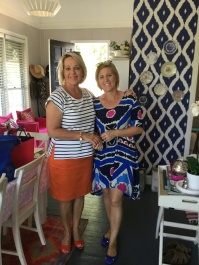
 And since they are both foodies from way back, the cuisine got lots of stars from me (to be honest, I lost count after the third -or was it fourth – G&T). As for the guest wing (attached to the vast machinery shed) it’s so gorgeous, I wanted to live there forever
And since they are both foodies from way back, the cuisine got lots of stars from me (to be honest, I lost count after the third -or was it fourth – G&T). As for the guest wing (attached to the vast machinery shed) it’s so gorgeous, I wanted to live there forever
So all this augured very well for the Book Group. I’m a bit of a BG veteran…six at last count, and still active in three of them, but this one was a bit special. For starters you just couldn’t live in this community if you were daunted by distance, and I couldn’t begin to calculate the number of miles driven by everyone in order to be at the meeting. But once welcomed into Sally’s spacious and gracious home, they were there to laugh, talk, share experiences and party! It’s an all day frock up, morning tea, lunch, afternoon drinks affair. And they were so appreciative that I had come all that way to talk about the book. They have to be joking! I wouldn’t have missed it for anything…it was quite wonderful, as you can see. And can you spot the one who had to leave the lunch a little early to drive 80 kms to supervise the sheep mustering? She’s the one in the active wear!
Some time in the afternoon a crowd of children wandered in for after-school snacks and a swim in the pool. Someone had picked them up from the bus and delivered them all safely – just part of this far-flung village raising its children together. Earlier in the day I had met many of them all in their all age classroom at the local school. I was immediately reminded of another small place a mere 13,000 ks away and about 20 degrees cooler, which happens to have the best education system in the world!
*William Doyle, Fulbright scholar and a lecturer on media and education at the University of Eastern Finland was advised by his Harvard professor to “learn from Finland, which has the most effective schools…” Following his recommendation, he enrolled his seven-year-old son in a primary school in Joensuu. Finland, “which is about as far east as you can go in the European Union.” What he discovered is also there for all to see at St Josephs Primary – which is about as far west as you can go in one day in Queensland! Let’s see…
- “Most children walk or bike to school, even the youngest.” Yup
- “Fresh air, nature and regular physical activity breaks are considered engines of learning.” Definitely
- “Children are assessed every day, through direct observation, check-ins and quizzes by the highest-quality ‘personalised learning device’ ever created – flesh-and-blood teachers.” Absolutely!
- “In class, children are allowed to have fun, giggle and daydream from time to time. Finns put into practice the cultural mantras I heard over and over: ‘Let children be children,’ ‘The work of a child is to play,’ and ‘Children learn best through play.’ Oh yes!
- “The emotional climate of the typical classroom is warm, safe, respectful and highly supportive in a classroom atmosphere of safety, collaboration, warmth and respect for children as cherished individuals.” Right on!
- “As a visiting Chinese student observed: ‘here, you feel like you’re part of a really nice family.’” Couldn’t have put it better myself.
Most of the kids will go to boarding school in the city, but what resilience and sense of themselves and their place in their community they take with them. I used to work in a school that had a boarding strand. So a simple question like what did you do on the holidays? Opened up a whole new world for us all. The town mice, who thought wandering round the shopping centre looking for the right nail polish and the hot boys, was good fun, had to concede that their country cousins had something pretty special going on. Amid the cotton chipping, lamb rearing, mustering, harvesting etc etc which these gals did routinely, their stories told of community, hard work, wonderful family times (that includes their horses, dogs, and all manner of four legged and feathered creatures), more hard work, resilience, yet more hard work and a long treasured sense of belonging to the country they love.
Internet service in Mungindi might be dodgy at times but communication is fantastic, not to mention all age learning, talking to each other, being accountable and important in your group, active community work through all sectors of the town, and mutual support. These are the offers made by the country. Ooh…where have I heard that before…is it Finland?
*http://www.smh.com.au/national/this-is-why-finland-has-the-best-schools-20160324-gnqv9l.html#ixzz455UH1Uco



